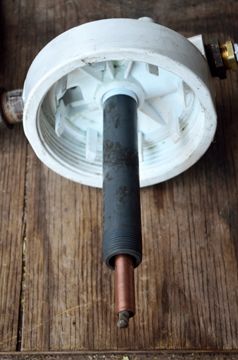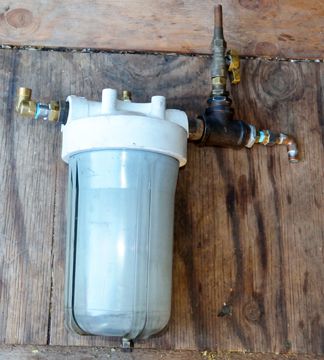On thinking about this a gasometer like this could possibly replace a bubbler.
The design could be modified to keep the water depth and therefore the back pressure constant.

Uploaded with ImageShack.us
The design could be modified to keep the water depth and therefore the back pressure constant.

Uploaded with ImageShack.us







Comment